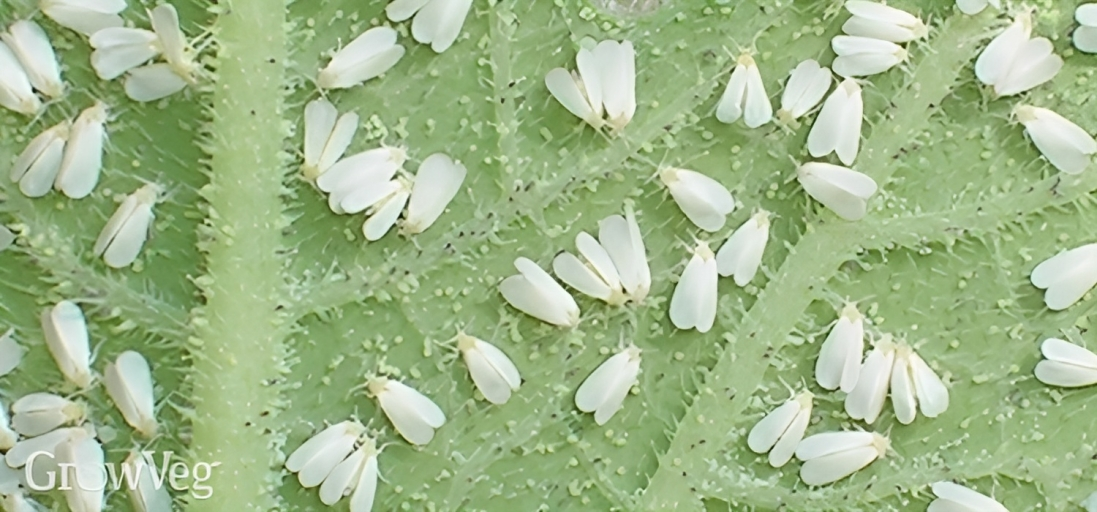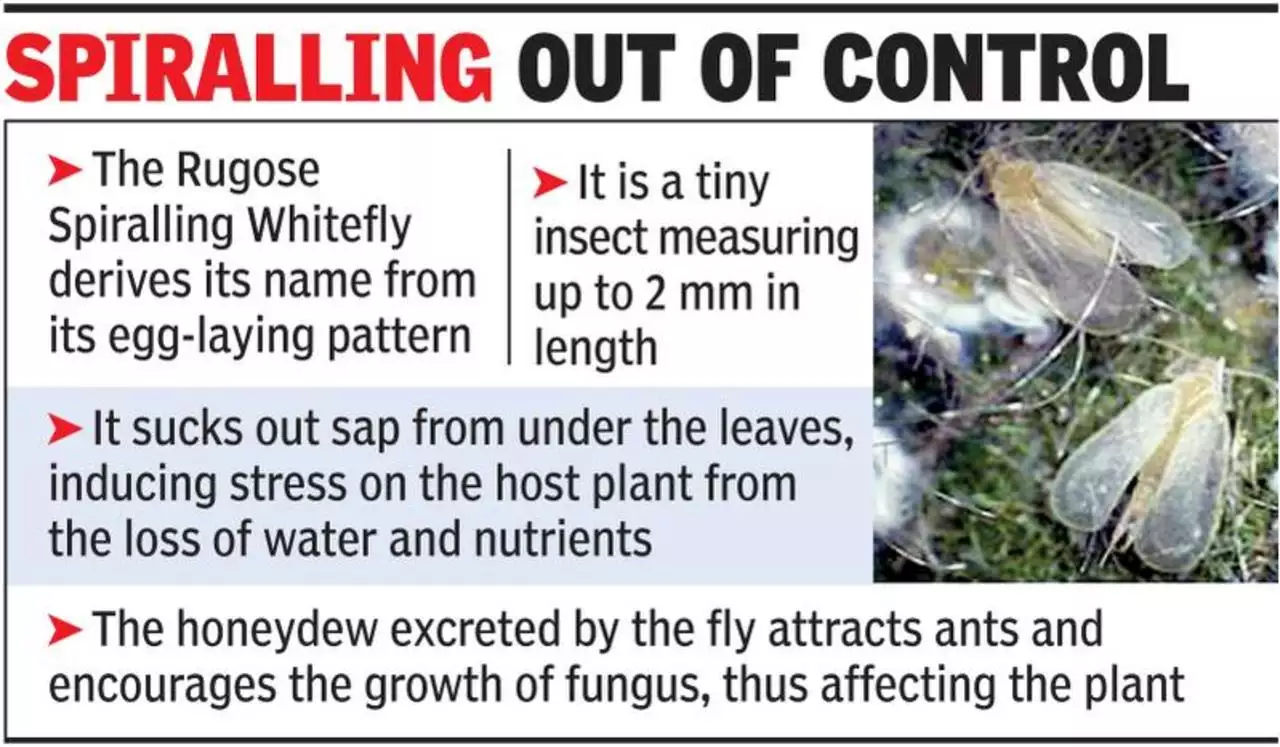Free Courses Sale ends Soon, Get It Now


Free Courses Sale ends Soon, Get It Now



Copyright infringement not intended
Context: Recently, ‘Rugose Spiralling Whitefly’ – an invasive insect which attacks palms, coconut and banana trees among others – has been spotted in Pune city. The pest not only affects the productivity of coconut trees, it also impacts the nutritional value of the fruit.
Details
Rugose spiralling whitefly (RSW)
About
Features

Concerns
RSW requires an integrated pest management (IPM) approach that combines various methods of control, such as cultural, biological, mechanical and chemical.
Some of the IPM practices that can be adopted are:
Conclusion
|
PRACTICE QUESTION Q. What is the common symptom of damage caused by Rugose spiralling whitefly on host plants? A) Leaf curling and yellowing B) Leaf mining and skeletonization C) Sooty mould growth and honeydew secretion D) Gall formation and leaf distortion Answer: C |
© 2024 iasgyan. All right reserved